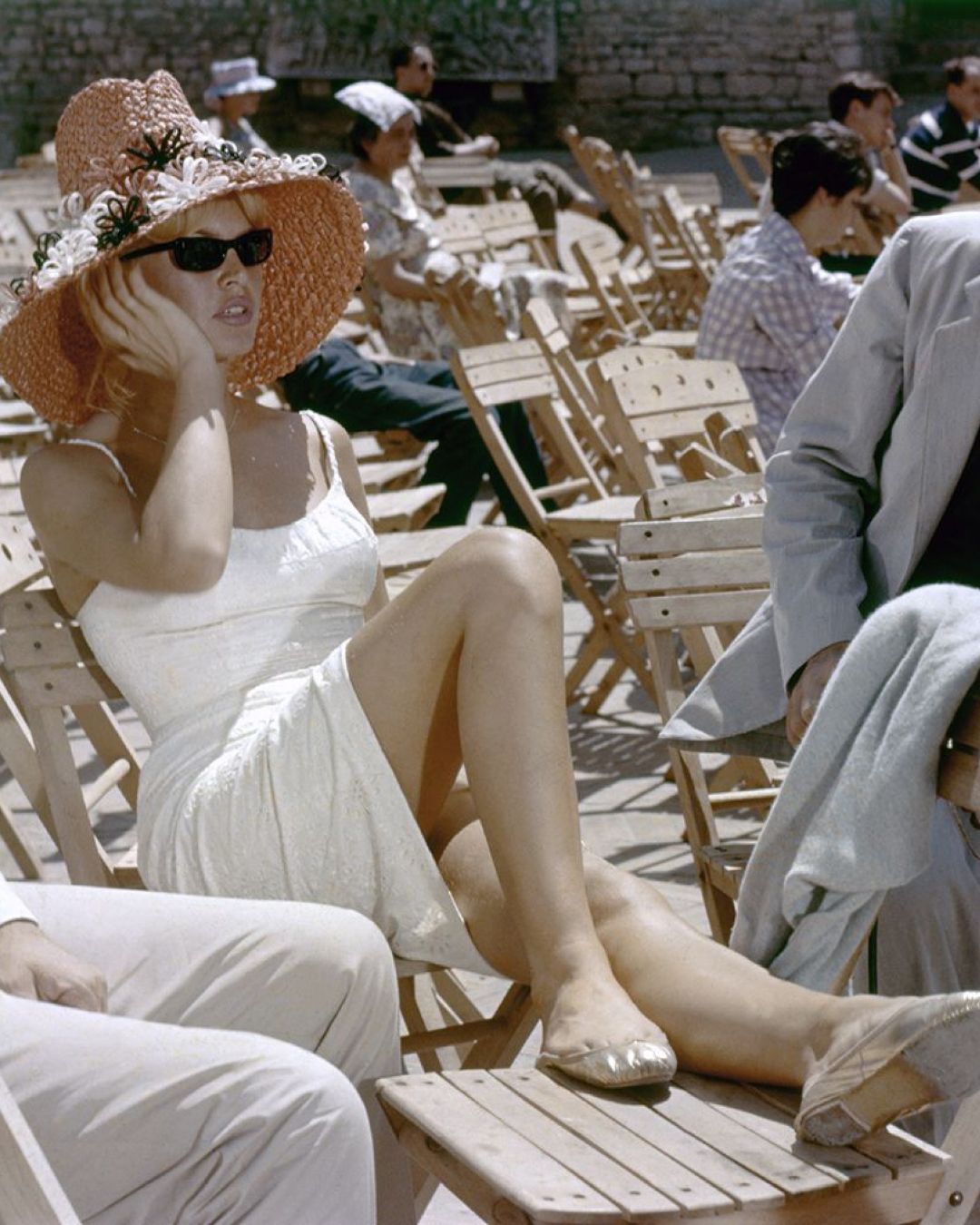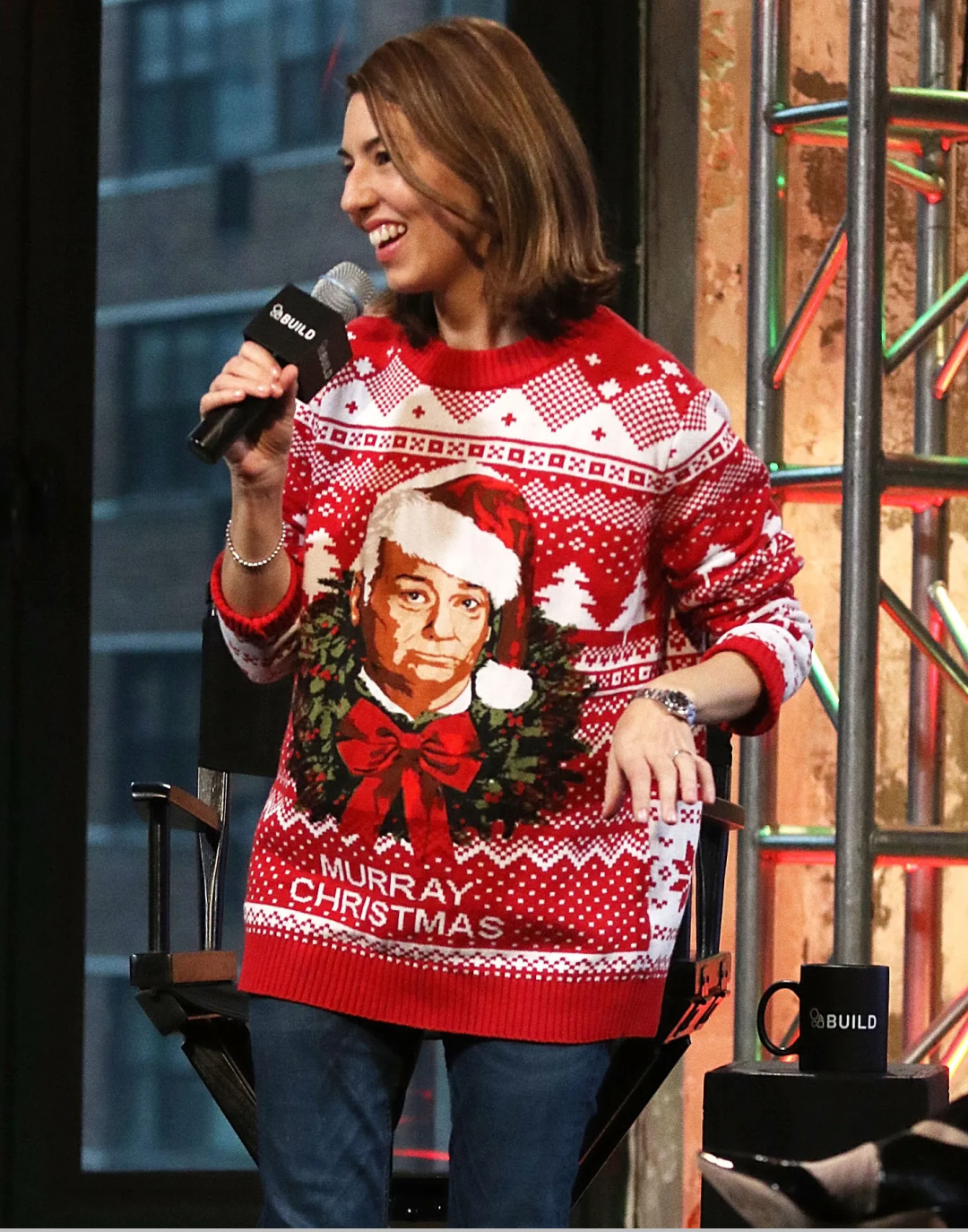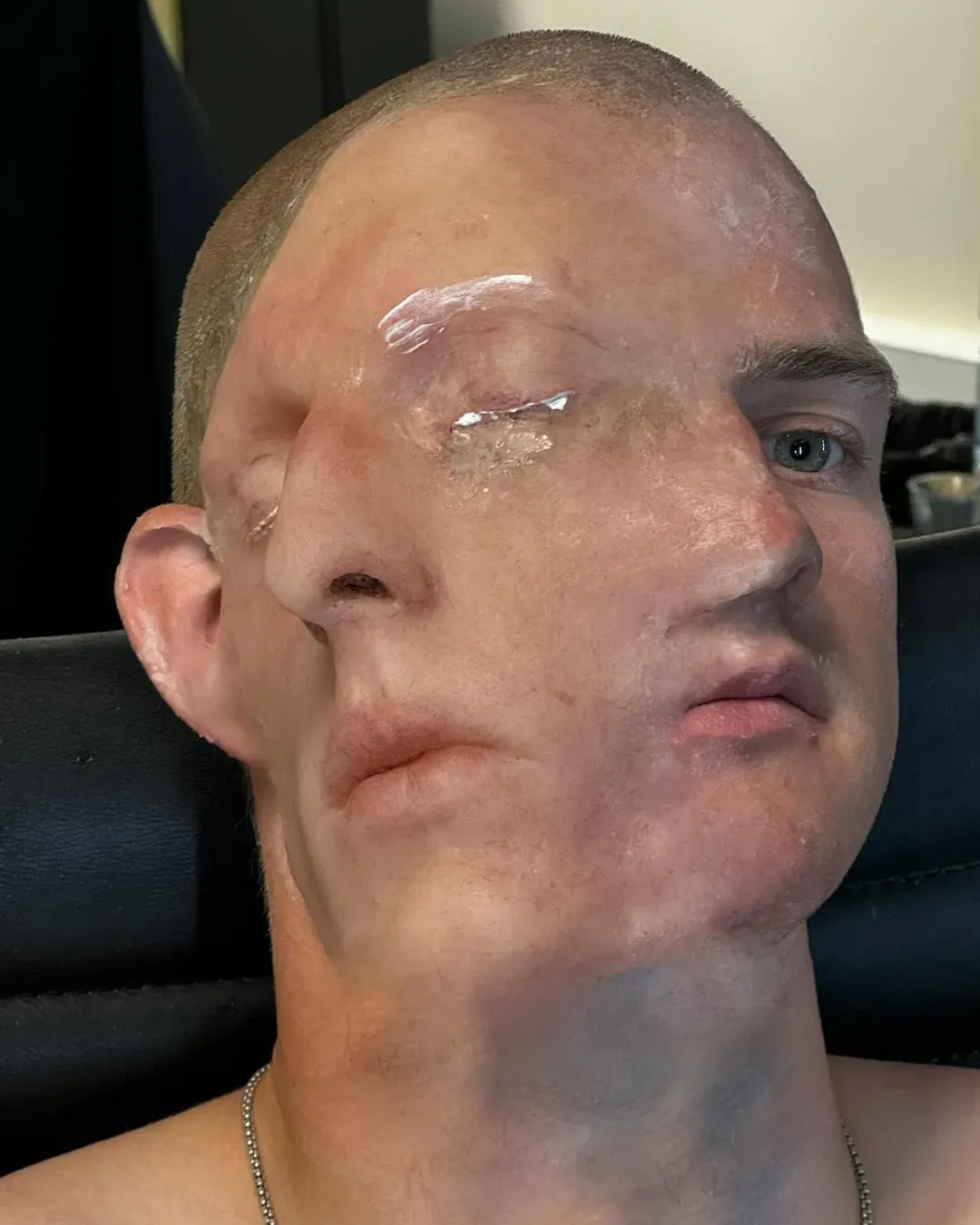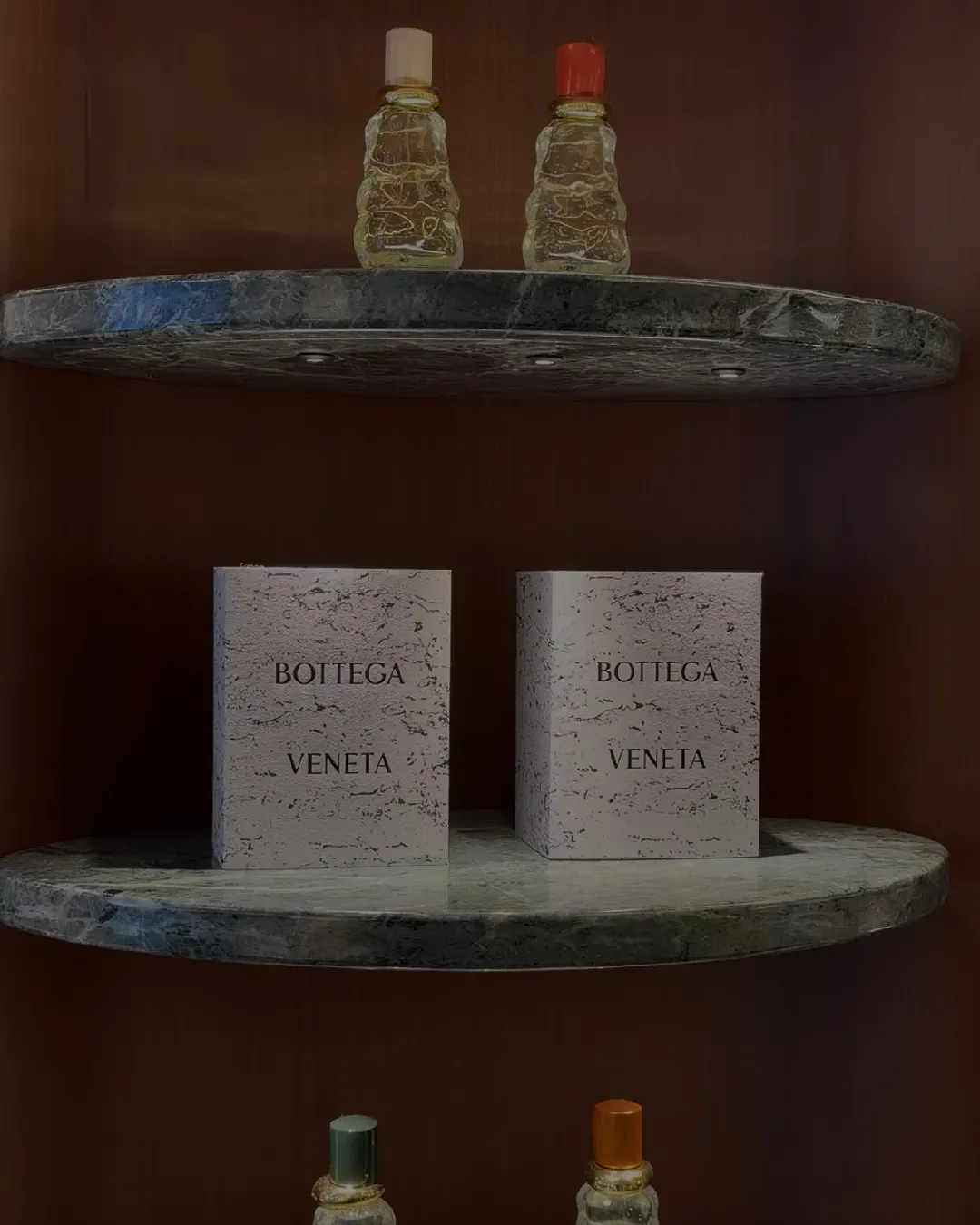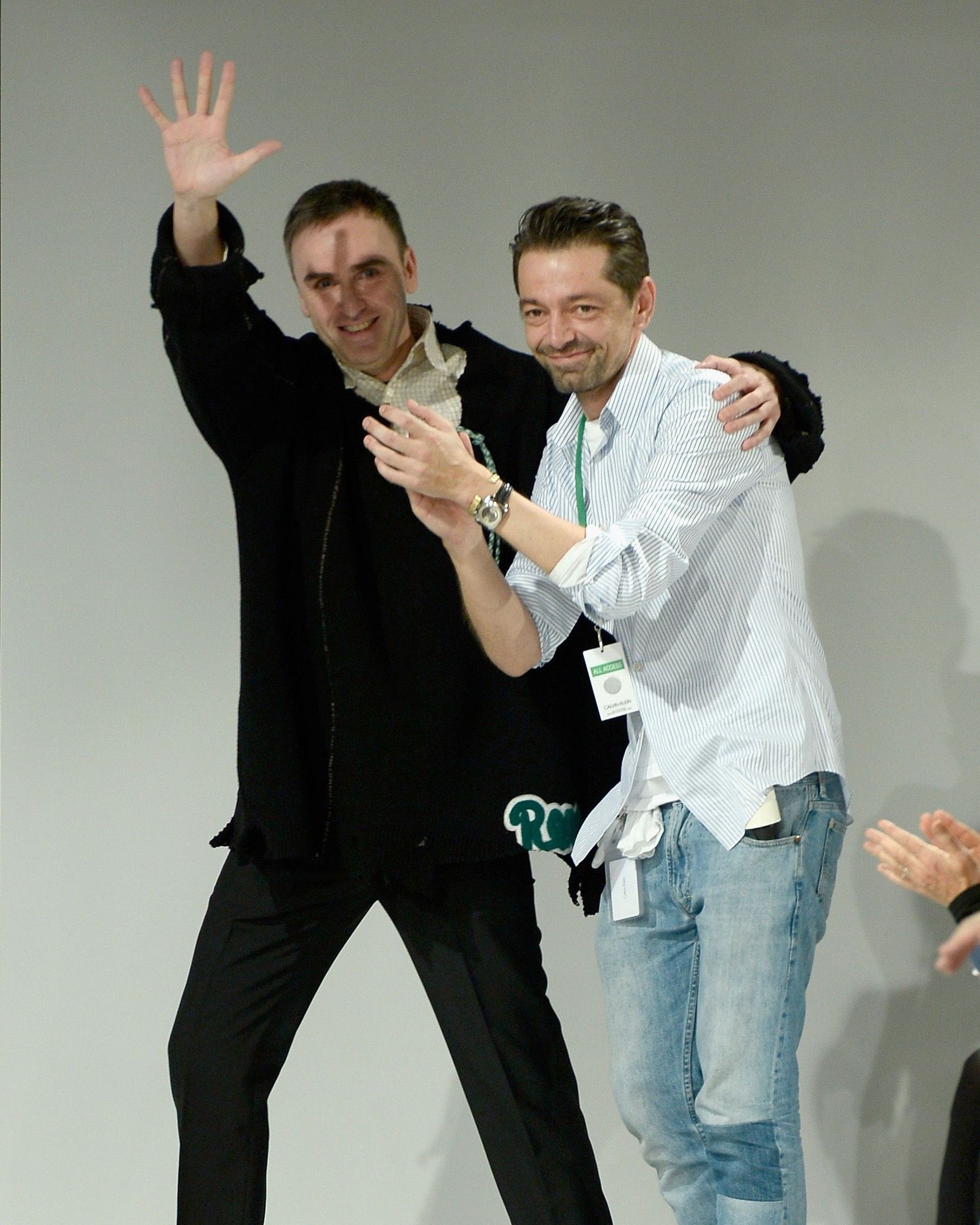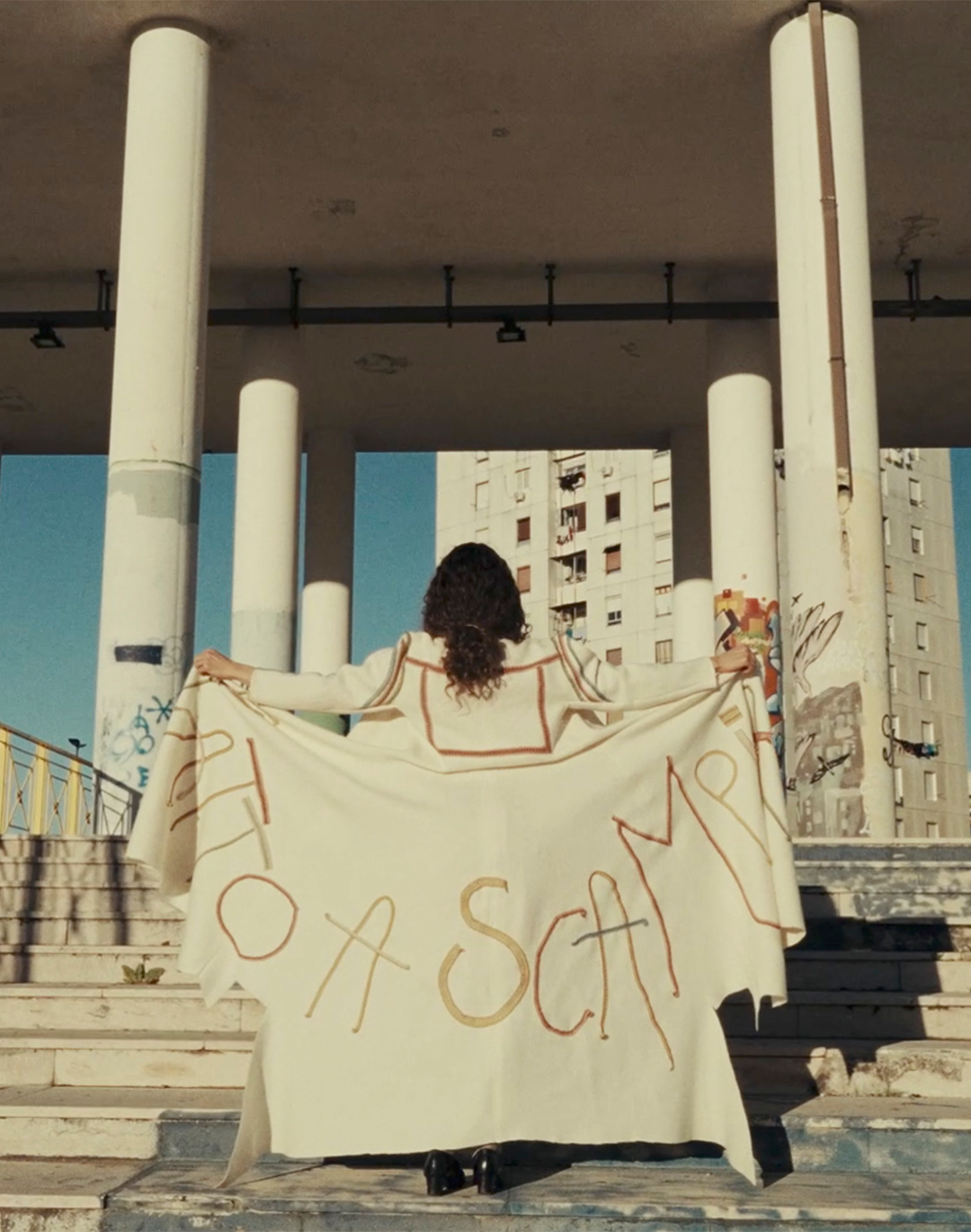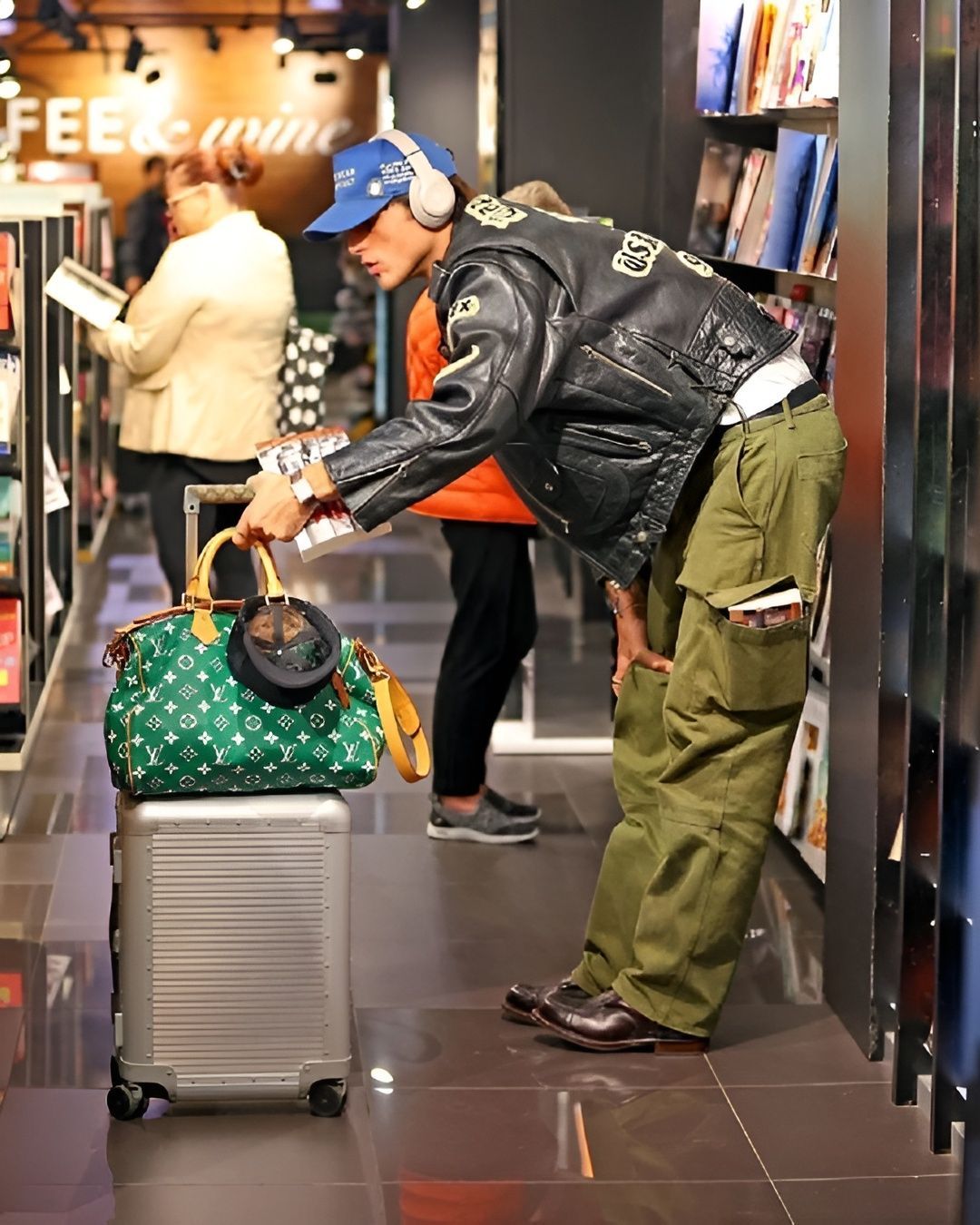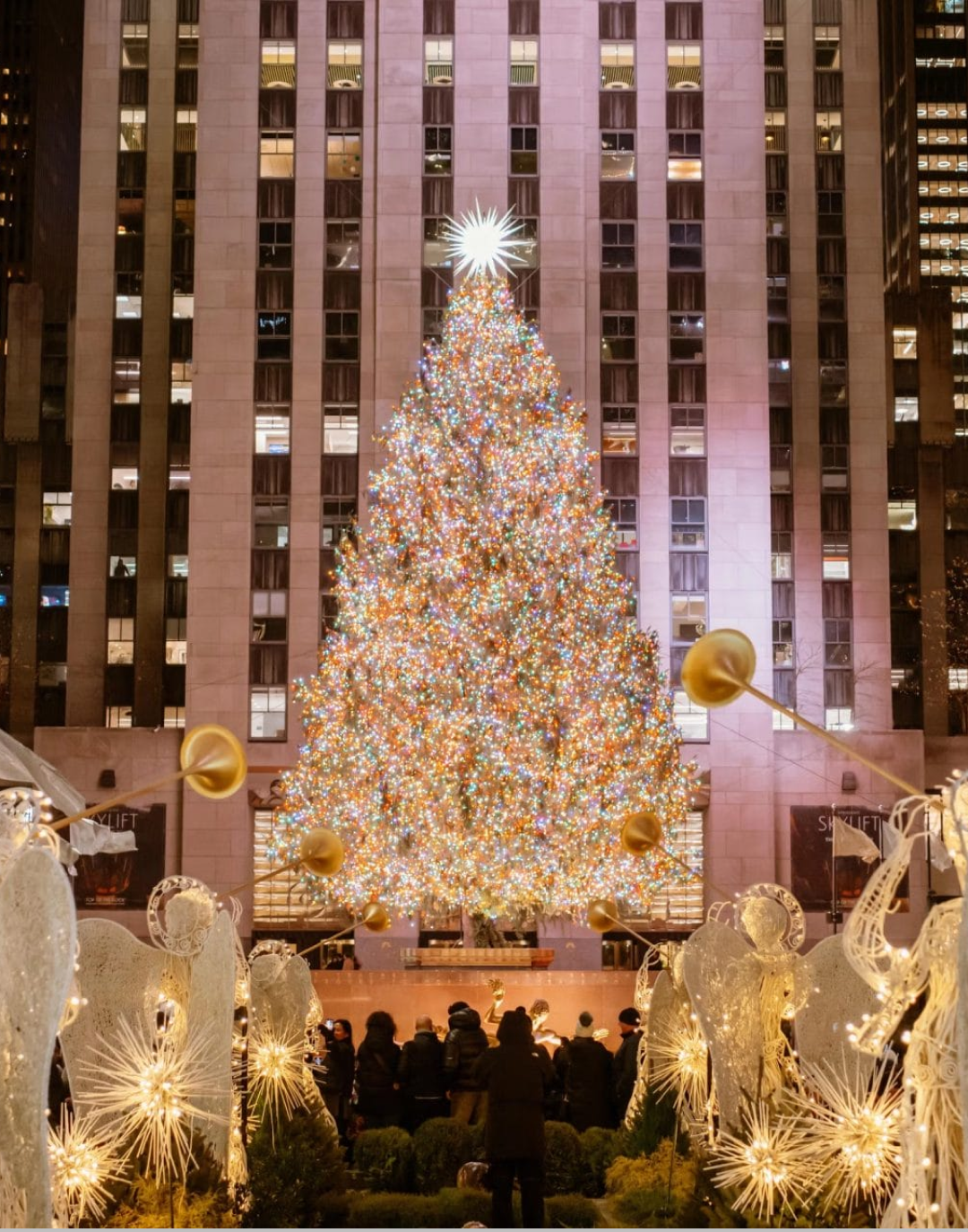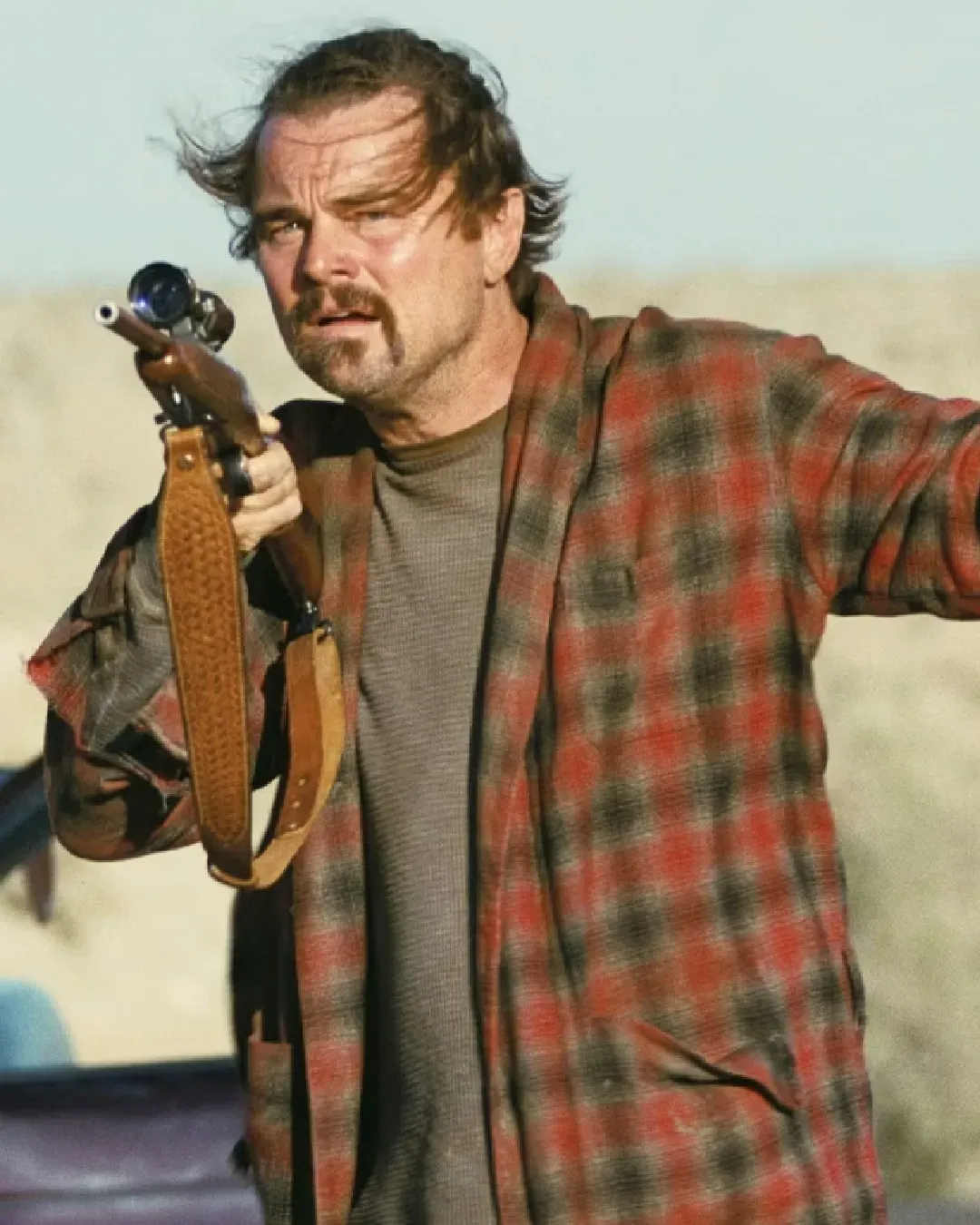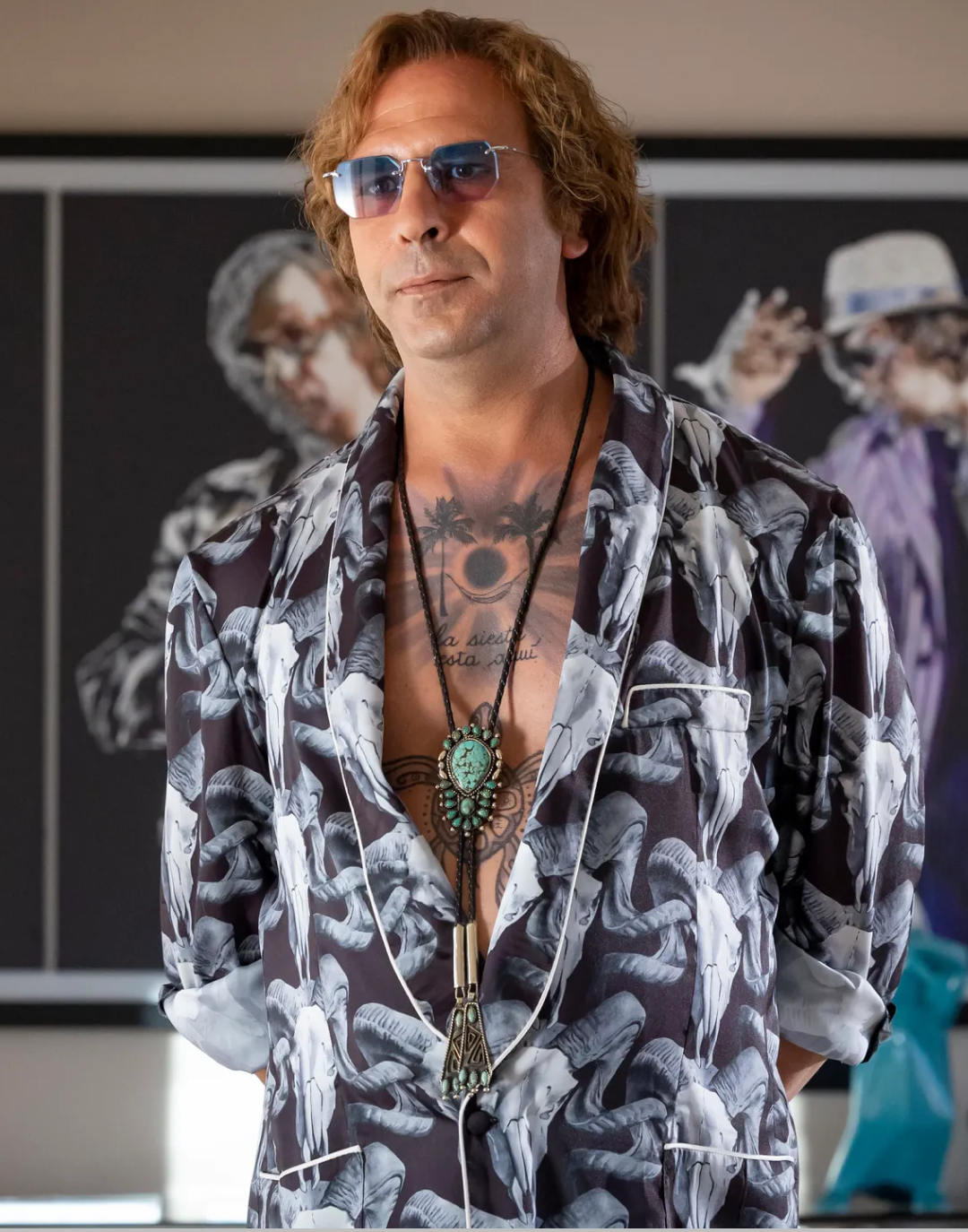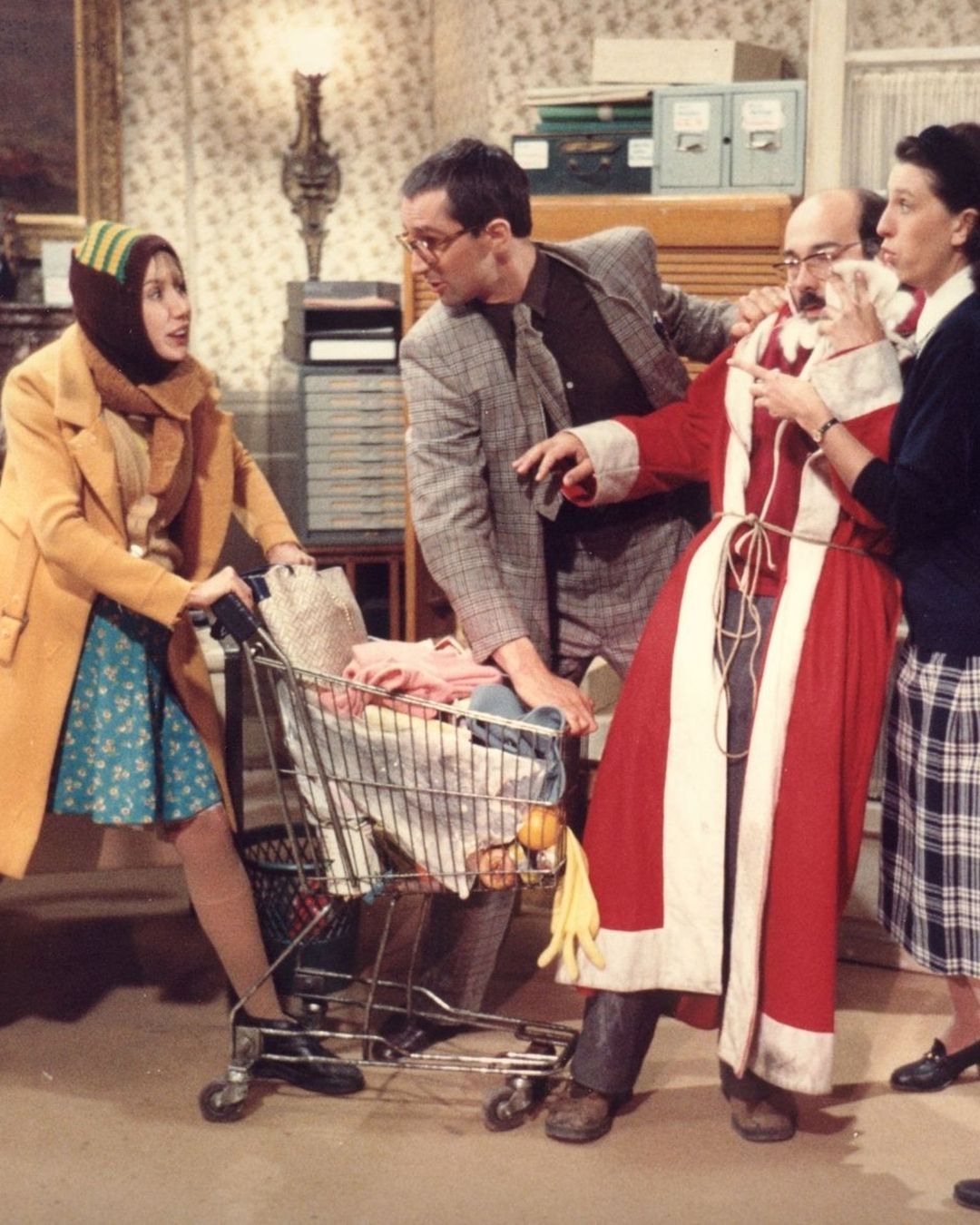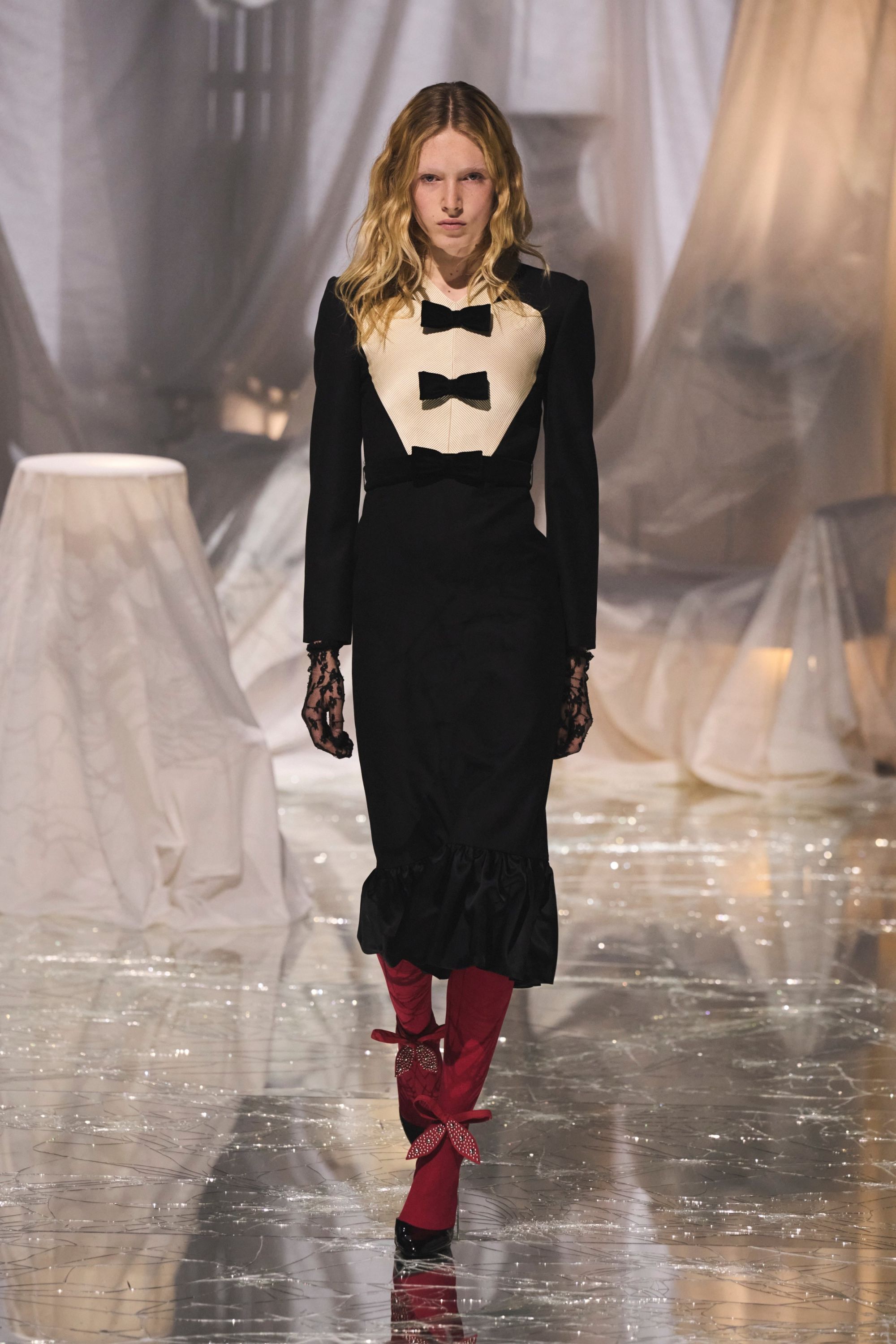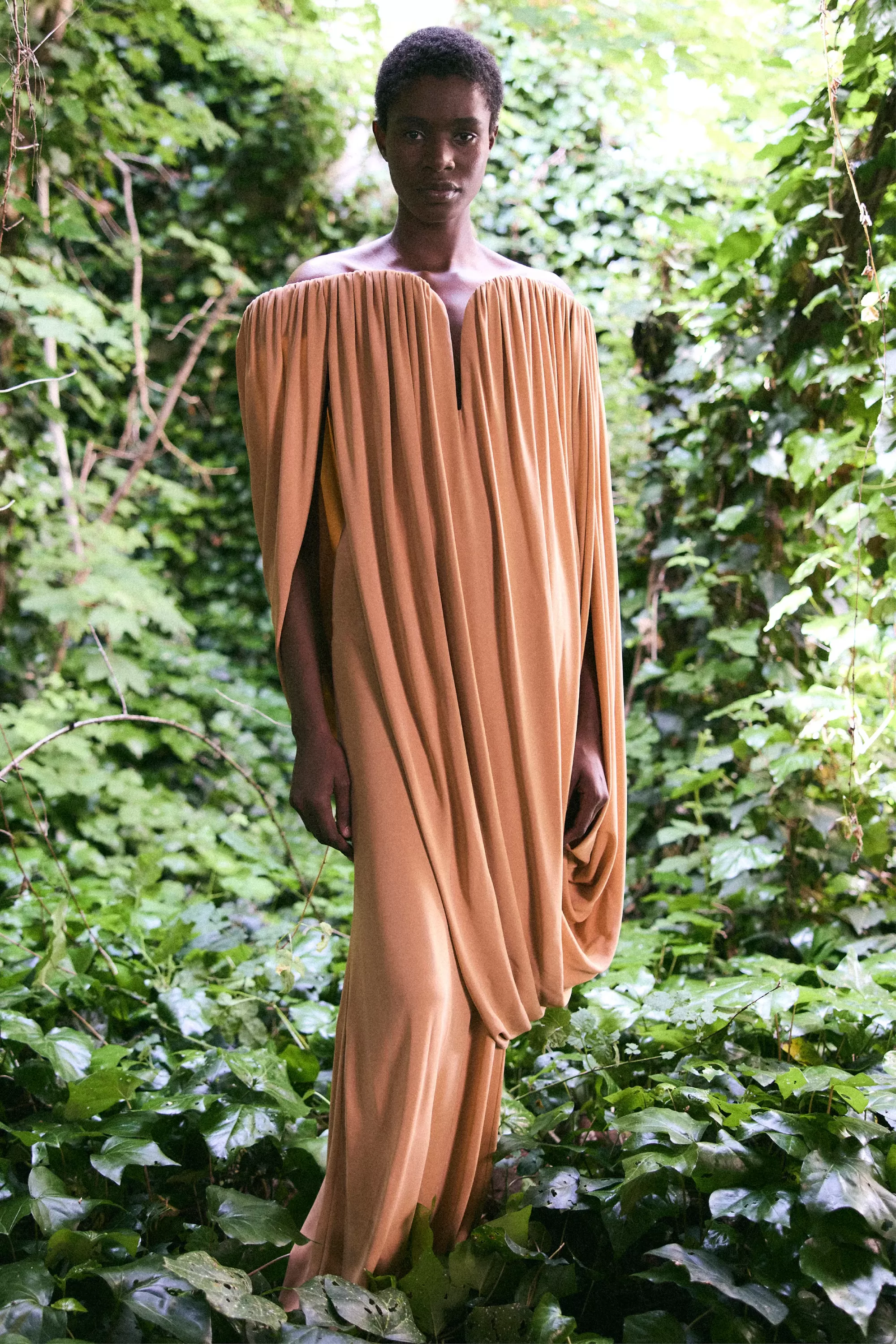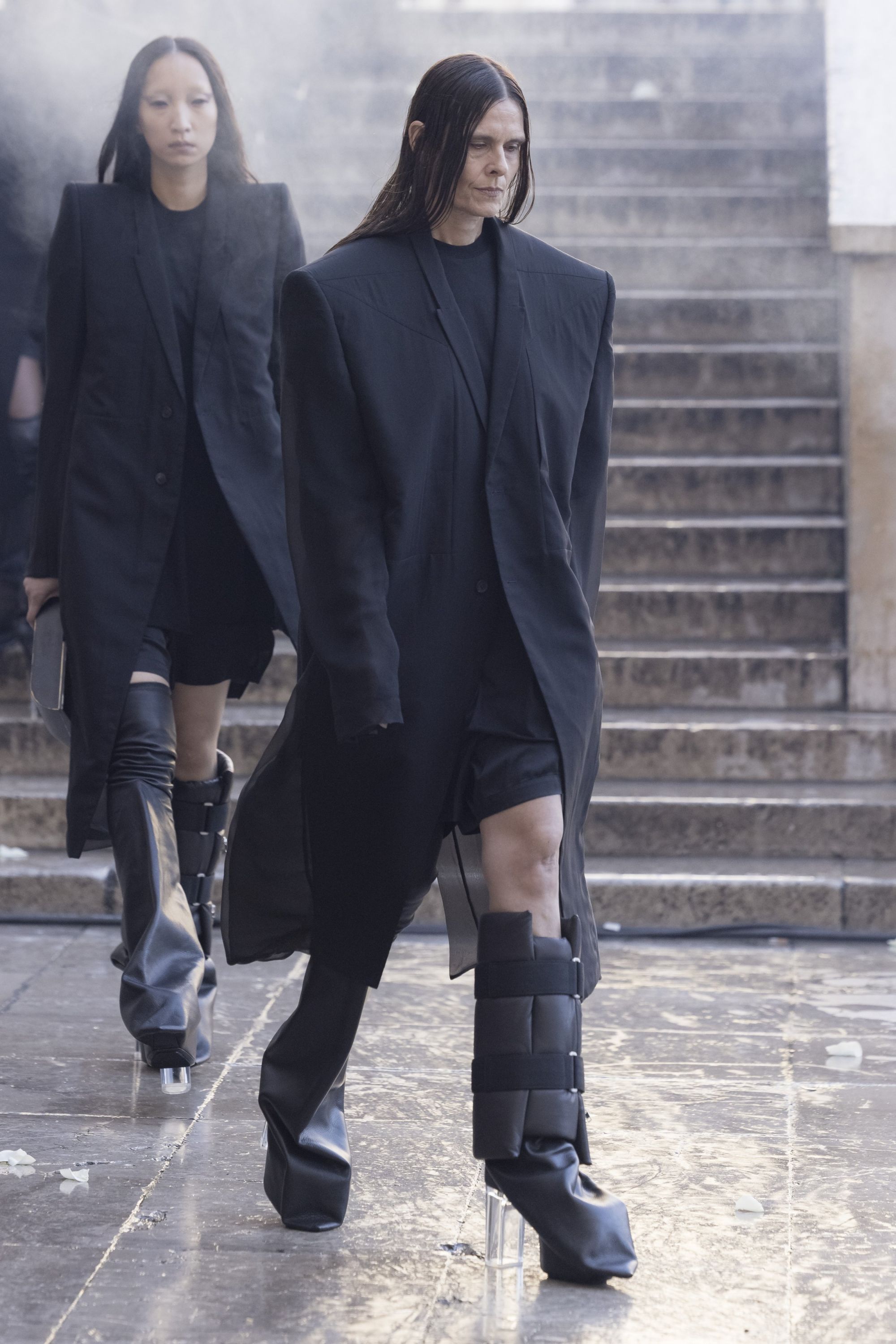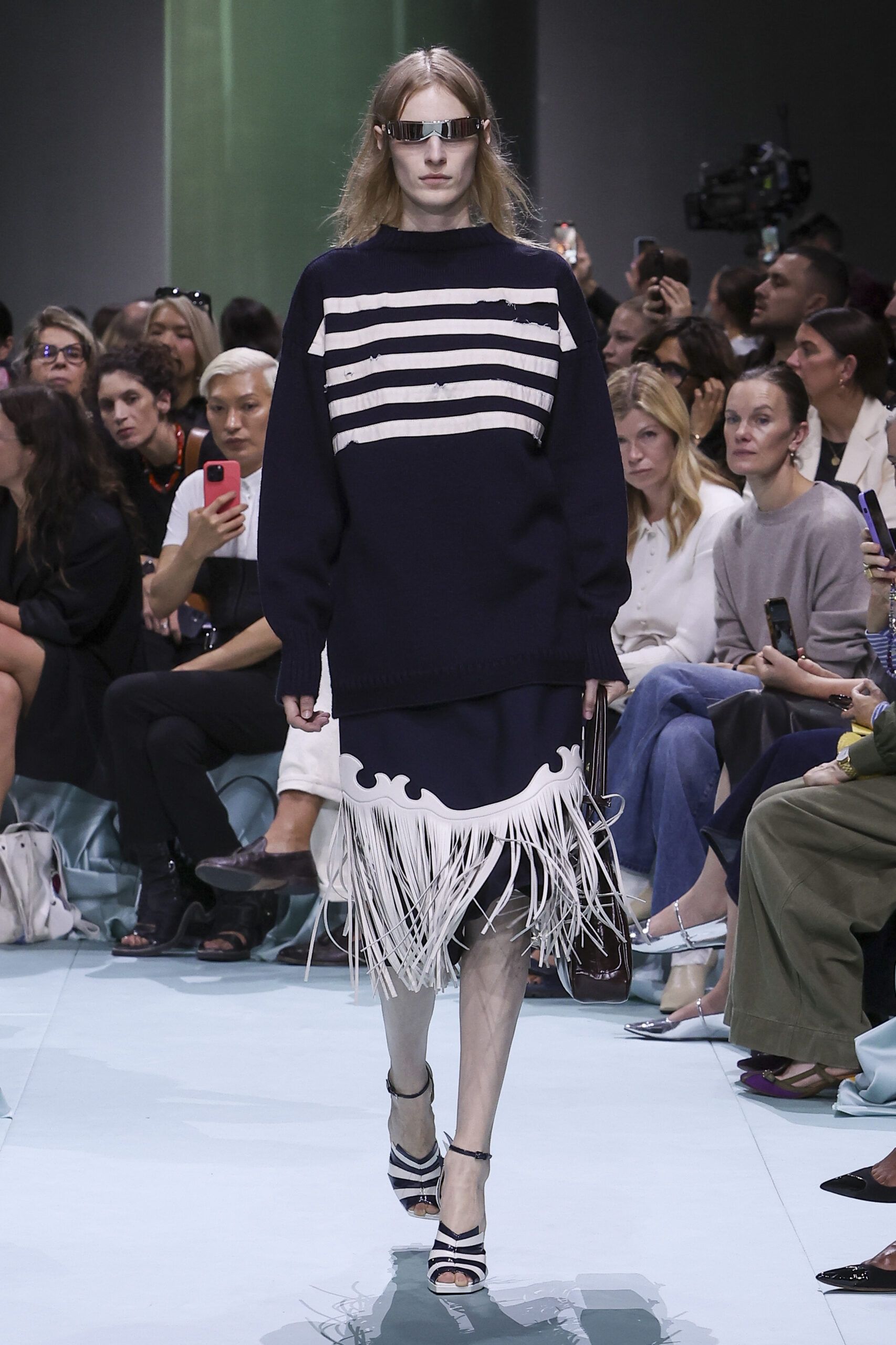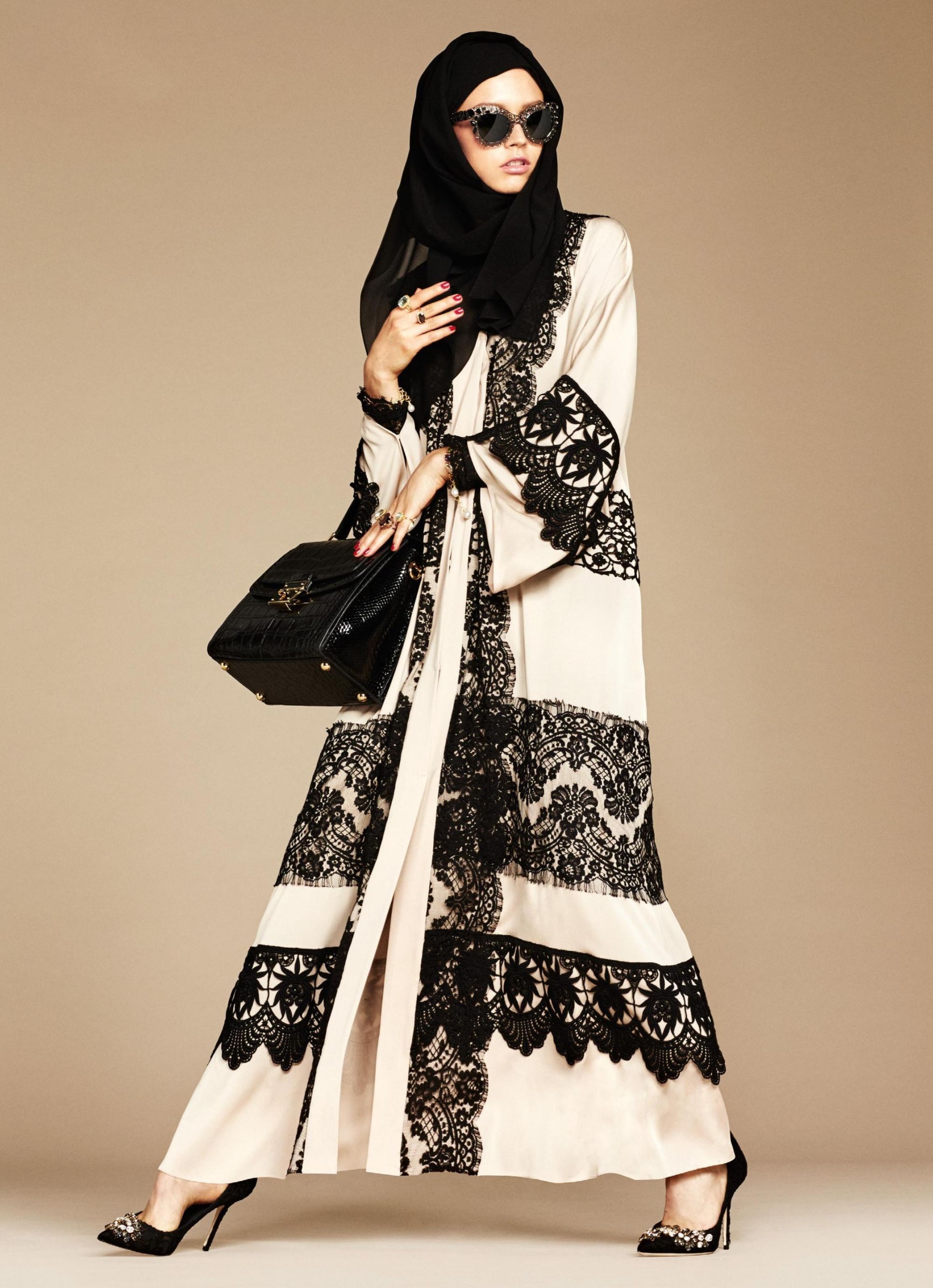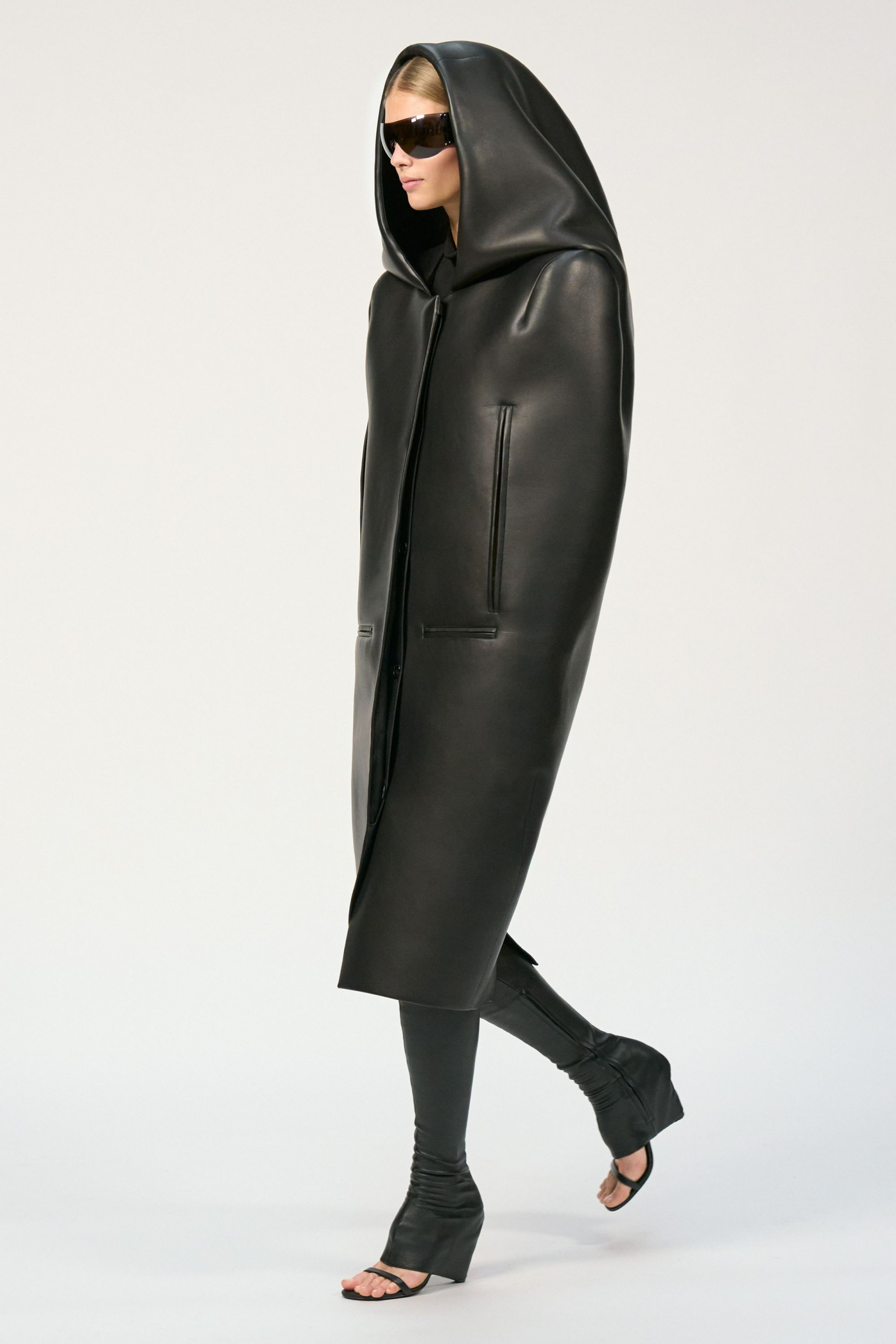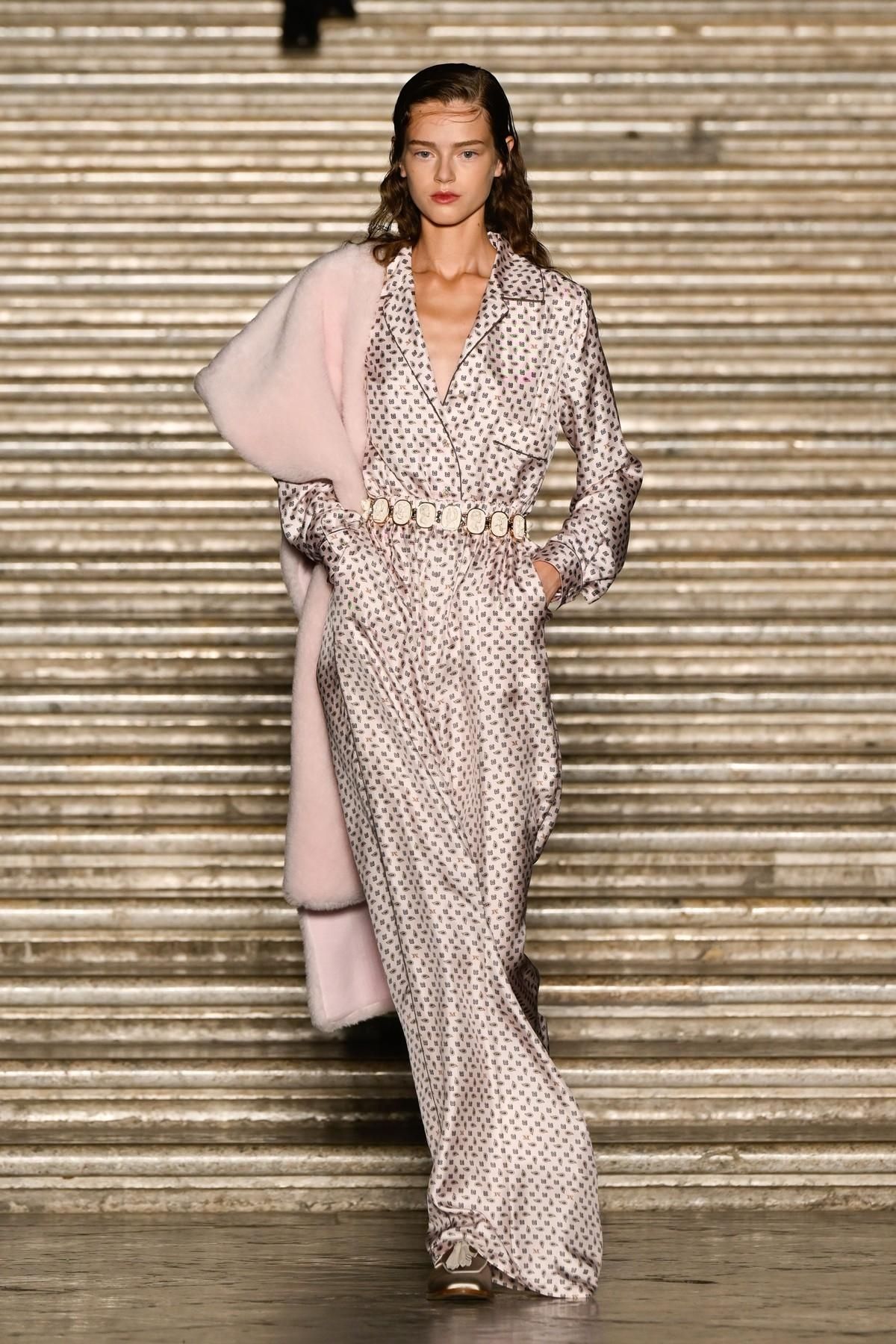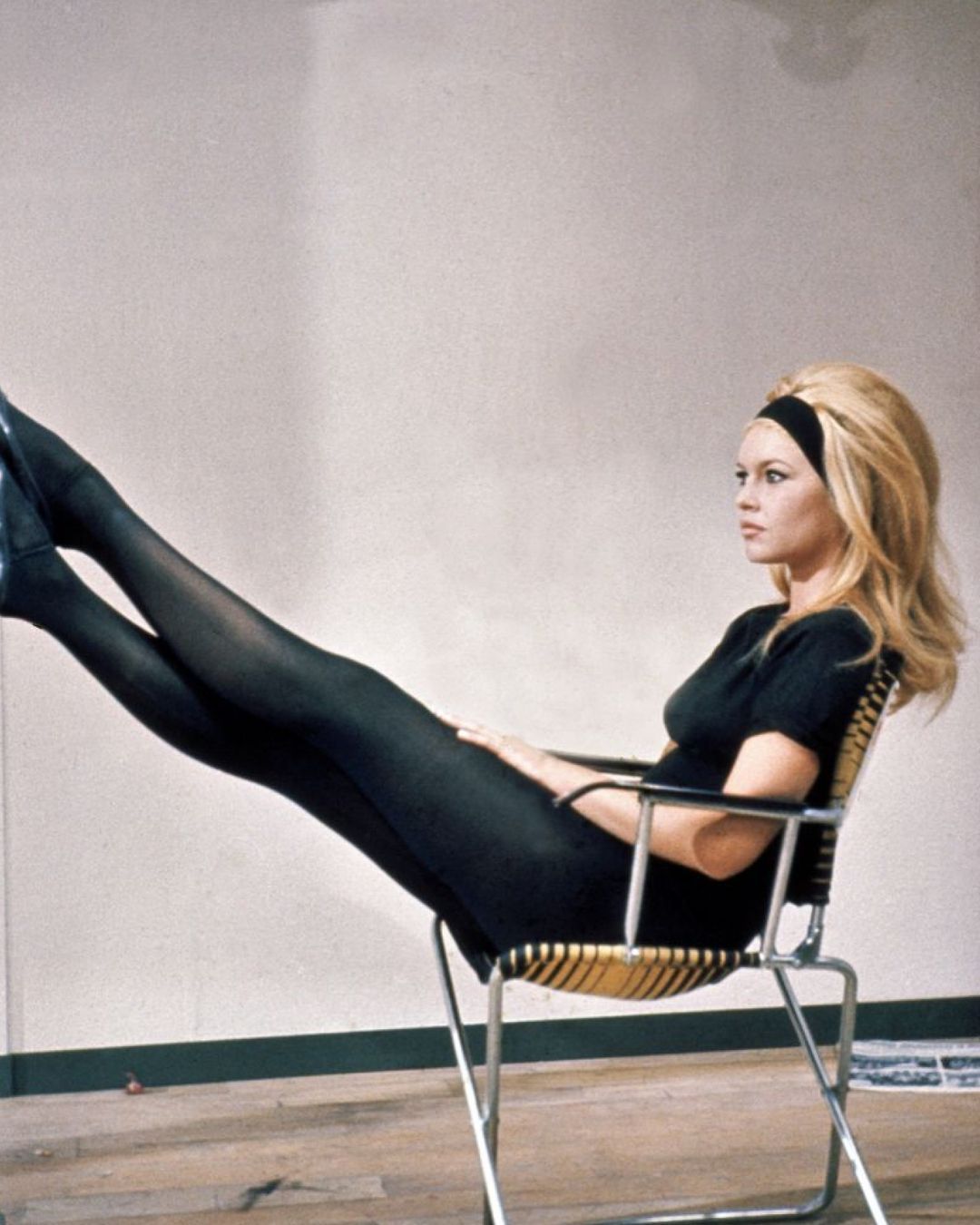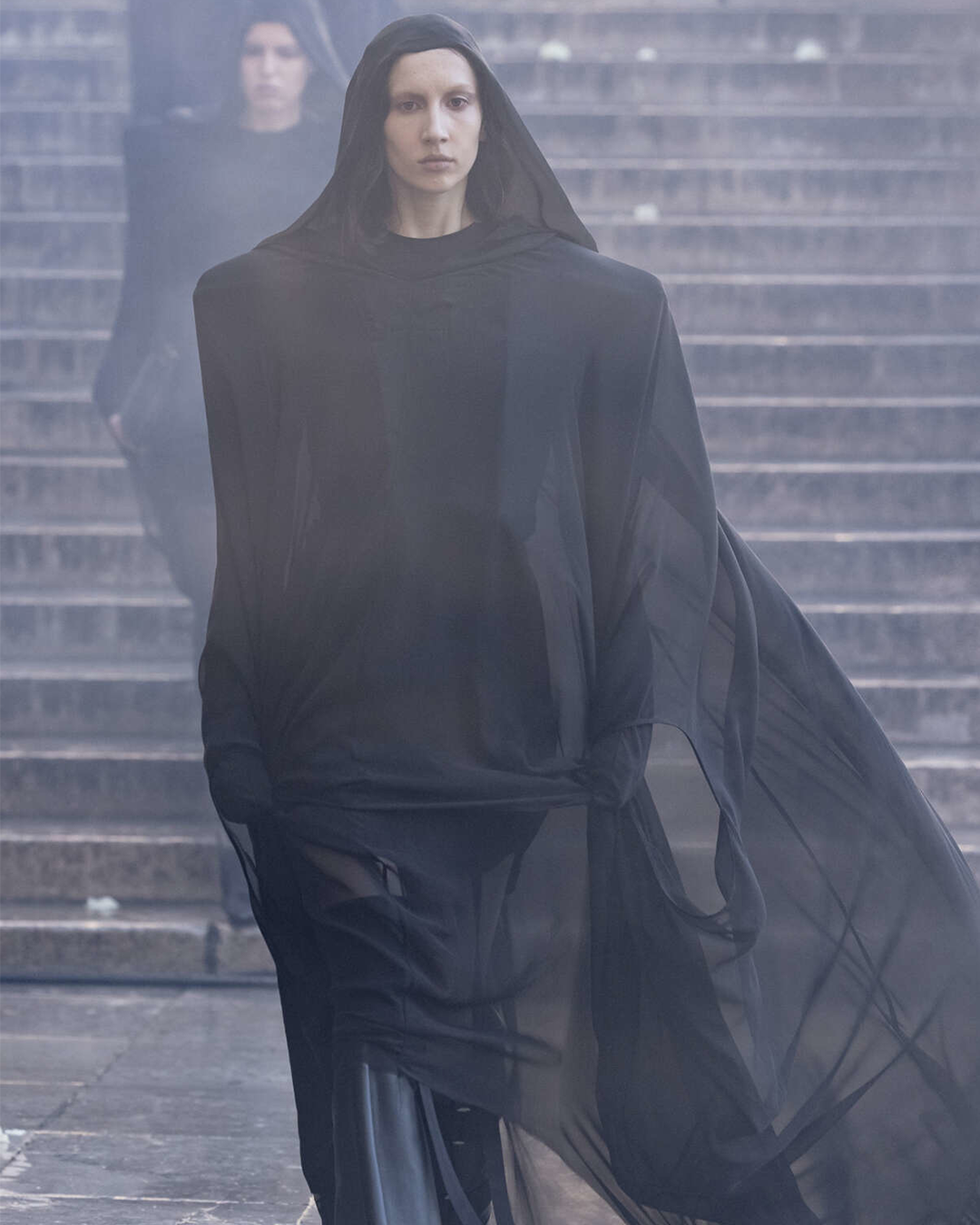
Who is entitled to modest fashion? Between commercial strategy, aesthetic choice, and political act
Lately, the runways have seen fewer low-cut dresses. Silhouettes have become softer, skirts have lengthened, and shoulders disappear under layers of fabric. Thus, Rick Owens, while maintaining his provocative and brutal identity, showcased for his SS25 oversized blazers that reach down to the feet, tops with layers upon layers of fabric wrapping arms, chest, and neck, leaving no space for nudity. This is the clearest sign of the rise of modest fashion, a global style characterized by garments that cover the body more, favoring loose and long cuts. Modest fashion represents a new idea of beauty that rejects univocal aesthetic standards and instead proposes an inclusive language, capable of embracing different types of body, cultures, faiths, and lifestyles. It is not just a trend: it is a new approach to clothing that is reshaping aesthetic hierarchies and, according to Cognitive Market Research, is influencing the global market. Modest clothing in 2024 is already worth $65.8 billion in the United States and $72.5 billion in Europe, and it will expand with an annual growth rate of 5% until 2031. This dress code is not a passing wave, and that is why fashion seems to have decided to ride it. The most plausible reason is that demand has changed. Young people, with limited budgets, continue to pick from fast fashion: crop tops, miniskirts, tight tank tops. A provocative aesthetic, often flaunted, rarely modest. Modest fashion is instead supported by a more mature generation, economically more stable, which asks for sobriety, coverage, and functionality. Oversized blazers, wide trousers, midi skirts: garments aligned with a more mature lifestyle, but also with an aesthetic that rejects the hyper-sexiness of recent teen trends.
Although the essence of modest fashion has always existed — from the modesty of the 1950s to religions with very strict aesthetic canons, like the Mormons, the Amish, muslims, or, more simply, Orthodox Christians — the true meaning remains ambiguous. On TikTok, the #modestfashion hashtag is a ruleless mosaic: Muslim women showing refined layering, American girls in floral dresses and cardigans with captions like 'God first' or 'soft girl modest look'. An aesthetic that changes face depending on the cultural context. And in the United States this ambiguity takes a political and often satirical turn. With Trump once again President of the USA, conservatism is growing, along with its influence on fashion. More covering looks like the prairie girl style popularized by American influencer Ballerina Farm, and the Ethel Cain look inspired by the country-grunge style of the singer, replace trends like the office siren, opening doors to new visual imaginaries. Among these is the trad-wife, which recalls the domestic imagery of the 1950s. Aprons, high-neck dresses, pastel colors: the revival of the perfect housewife. Then there is quiet luxury, often adopted by women of the Trump family, frequently linked to modest fashion because of its essential and elegant nature. But here satire arises: to the modesty of the clothes is paired an exaggerated makeup style, which has become viral on social media as MAGA makeup. Behind the acronym of the famous Trump slogan Make America Great Again lies an intentionally excessive makeup: orange complexion, exaggerated contouring, oversized lips, eyes framed by sharp eyeliner. A deliberately over-the-top aesthetic mocking the stereotype of the conservative American woman: hyper-feminine, artificial, plastic. Here, modesty turns into a grotesque mask, becoming the instrument through which a normative, patriarchal, and performative femininity is reaffirmed. A parody that denounces, by exaggerating, the contradictions of a vision preaching modesty yet flaunting artifice.
@kaaaaaaayx Modest (ish) spring outfit dw I know this shirt isn’t the most modest, but I’m just working with what I already own and trying my best to modify if I can! #modestfashion #grwm #christiancommunity original sound - dachristians
Staying within the social sphere, in the Italian scene a key figure is Aya, known online as Milan Pyramid. An Italian-Egyptian creative raised in Milan, she now has over 30,000 followers and represents one of the most consistent voices of Muslim modest fashion. Her intent, as stated in one of her posts, is to bring her identity and strength into spaces of resistance, such as the Venice Film Festival or a front row at fashion shows. She wears the hijab with high fashion garments and, through her looks, tells a complex but powerful identity. Every outfit for her is a manifesto: layering, colors, soft silhouettes. She is living proof that modesty does not mean invisibility, but affirmation. Aya tells us the story of Muslim women living in a Western country and reminds us that the topic of modest fashion became recurrent in the 2000s, when the daughters of immigrants born in Western countries like Italy, England, or the Netherlands faced a crossroads: their roots or the new Western identity. These women, Aya says, chose to respond to this friction with a fusion, staying true to their religion, culture, and the aesthetic codes these entail, adding a touch of the West. Fluid lines, covering garments, and for some, hijabs, but also colors, layering, and accessories. Those teenagers were initiating modest fashion as an aesthetic and political language, a space for expression for those feeling out of place in a society that has often leaned toward extreme femininity.
In the international landscape, it is important that the big names in the fashion industry start taking a stand, giving space and voice to women who choose modest fashion as a lifestyle. Aya sets an example with Dolce&Gabbana and their 2016 collection made entirely of Abayas, a traditional female garment characteristic of some Muslim countries. Some brands, the Italian-Egyptian creative points out, even without claiming an identity tied to modest fashion, have offered perfect proposals for those who practice it: fluid lines, intelligent layering, and sculptural volumes. Among all, Prada, Valentino, and Gucci when it was under Alessandro Michele’s creative direction. These are precisely the names Aya gave us when we asked her which brands she feels most in tune with. «With them, I've never had trouble finding something to wear,» she clarifies, also recounting how, before Prada’s shows, she was sent a selection of scarves to wear during the show. In the latest collections from luxury brands, this new philosophy is increasingly apparent. The SS25 Courrèges show featured, alongside miniskirts and bandeau tops, garments that fully belong to the modest aesthetic, while maintaining a rather austere aura: a knee-length black leather coat reinforced by a Azores-style hood, followed by a cloak with sleeves reduced to two wide slits at the waist, barely leaving room to slip hands into the front pockets. Prada in SS25 reaffirmed itself as an ally of modest fashion with some extremely clean and elegant pieces, and Valentino, with Alessandro Michele’s arrival, initiated soft silhouettes, shirts buttoned up to the collar, and layering to exhaustion. Looking further at the latest Resort collections, some garments signed by Stella McCartney also stand out: the English designer, while preserving an aura of sensuality, brought forward draped pieces that do not emphasize body shapes, in monochromatic palettes of browns, beiges, and whites. Although the modest aesthetic here remains quite calm, due for example to exposed shoulders, the collection is aimed at a wider audience than usual.
High fashion increasingly tries to embrace this new philosophy, both to keep up with trends and to increase profits, expanding more and more in the global market and reformulating their offerings to meet the needs of as many people as possible. But modest fashion, in 2016, earned its space with the first Modest Fashion Week in Istanbul, which later spread to London and Dubai in 2017, Jakarta in 2018, Amsterdam in 2019, and Riyadh in 2022. The latest took place in its place of origin in 2024. The Arab market is continuously expanding: according to the Boston Consulting Group, the luxury market in the Middle East reached a value of $15 billion in 2023 and, according to forecasts, could reach 30-35 billion by 2030. Thus, while the West debates the meaning of modest fashion, in the Middle East it becomes a strategic asset. The vision of the Modest Fashion Weeks, as stated on the official website, is to promote global and sustainable relationships among all players in the modest fashion sector, from designers to media, within a market that today is worth over $370 billion.
Some women, far from various social imaginaries, seem to approach modest fashion for reasons that have nothing to do with religion. As stated by Dr. Samreen Ashraf of Bournemouth University in an interview with The Guardian, many women cling to this way of dressing because they are tired of objectification and sexualization by men; others adopt modest fashion to feel comfortable with their bodies, often because they live with disorders like body dysmorphia and find in covering and flowing garments the sense of security they need. But freedom is also in choosing not to show, in taking control of one’s image, and modest fashion, from this point of view, is a very powerful tool that reverses this logic. For many women, deciding not to show their body is an active, conscious, even liberating gesture. It is a response to a collective imaginary that for years has tied female value to body exposure. In this sense, the modest aesthetic moves between religious needs, political conservatism, and deeply personal urges, building a new language that speaks of self-determination.


